Josh Sims on his latest book, Men of Style
Fashion is easy; style is something else entirely - but what does it take to make it to the best-dressed list?
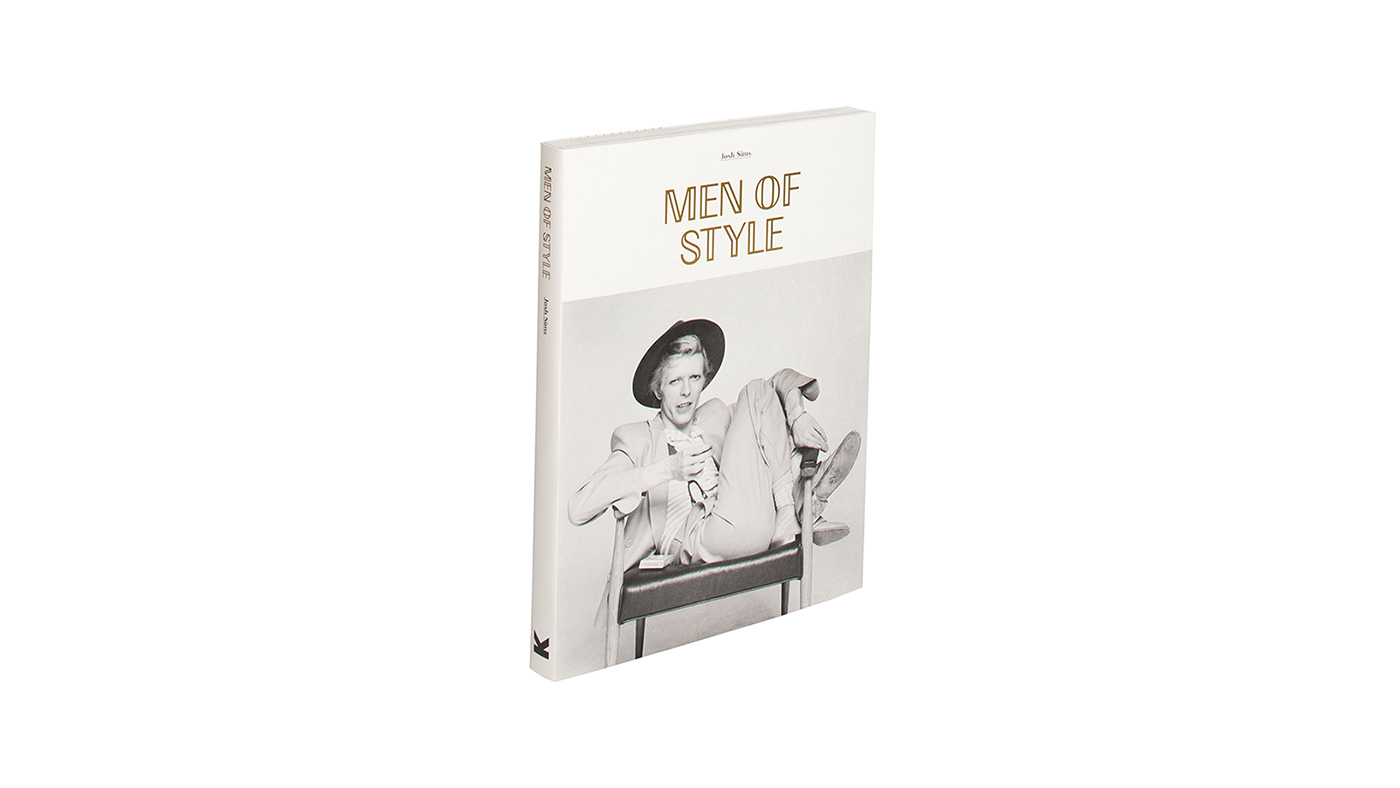
There are many men of style. Most are not famous – you see them up and down the streets. "Street style", as a category of photography, has been predicated on their existence. But what draws the eye to them? For one, it's not an appreciation for fashion. Following fashion is easy – a fact that has excluded many possible candidates from my latest book. Dressing with a personal style is something altogether harder – it requires an appreciation for form, colour, texture and composition; an artist's perspective, if you like, applied to whatever one picks out of one's wardrobe each morning, quite possibly at a time when thinking clearly about the triviality of what to wear is not high on the day's agenda.
Dressing with a personal style may not result in a look that is in any way radical – certainly, to buck convention too hard is, arguably, to buck that definition of style laid down by Coco Chanel as being something "timeless". But it does typically reveal a willingness to play – with a detail, an accessory, a way of wearing. Fred Astaire, for example, was at heart a conservative dresser: but using a tie instead of a belt, or a pin to hold the opening of his shirt in place, was all it took to make him a man of style.
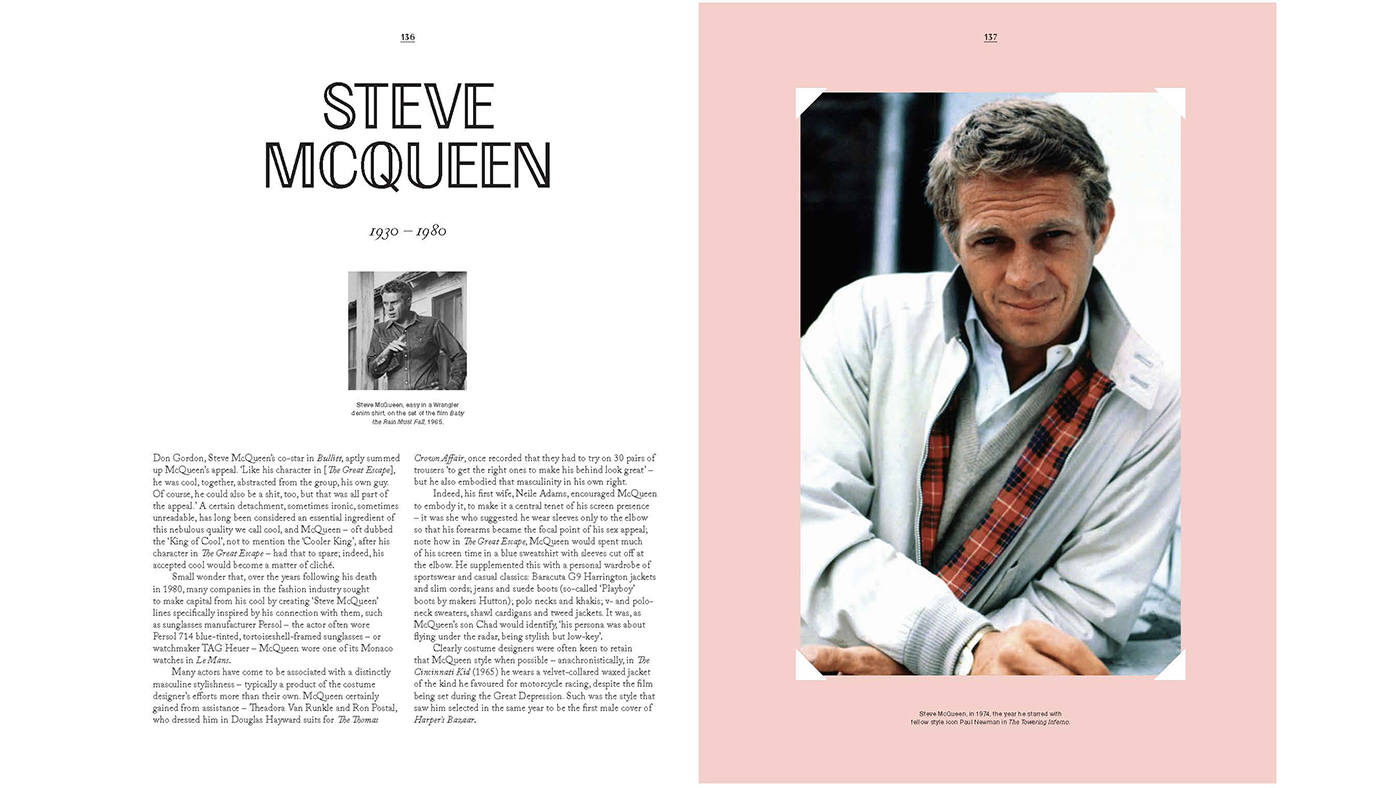
Indeed, as important as this, men of style are consistent. Not only is their interest in the vagaries of passing fads minimal, but so is changing their way of dress once they have settled on one that works for the way they live. To fashion followers, this is to attire oneself in boredom. For them, the freedom to change the way one dresses is a large part of the pleasure in wearing clothes. And they wouldn't necessarily be wrong – there is much to be said for embracing the wardrobe's rich diversity.
The Week
Escape your echo chamber. Get the facts behind the news, plus analysis from multiple perspectives.

Sign up for The Week's Free Newsletters
From our morning news briefing to a weekly Good News Newsletter, get the best of The Week delivered directly to your inbox.
From our morning news briefing to a weekly Good News Newsletter, get the best of The Week delivered directly to your inbox.
But this is not the man of style's way – which is perhaps why he claims to have little interest in clothes, for all that what he wears reveals that he knows what suits him; Steve McQueen, for instance, wasn't about to let historic accuracy stand in the way of his desire to sport trim, more form-fitting khakis in The Great Escape. For men of style, their clothes are simply what they wear; for onlookers, however, it appears a form of branding, a sartorial signature. That, ultimately, is what lasts (and, of course, it helps if you're devilishly handsome and/or overflowing with charisma, too).
At least it lasts for the figures I discuss – though one might well ask for how long. The modern age, for men, is increasingly one that embraces fashion. Revolutions, both industrial and social – from the way the fashion business manufactures and markets its products to the way men of all ages have been granted permission to care about their appearance and dress in the styles of the season – have in recent years transformed the male wardrobe. Indeed, the very idea of style is in flux, such that it will arguably be increasingly perceived as associated with fashion rather than individuality.
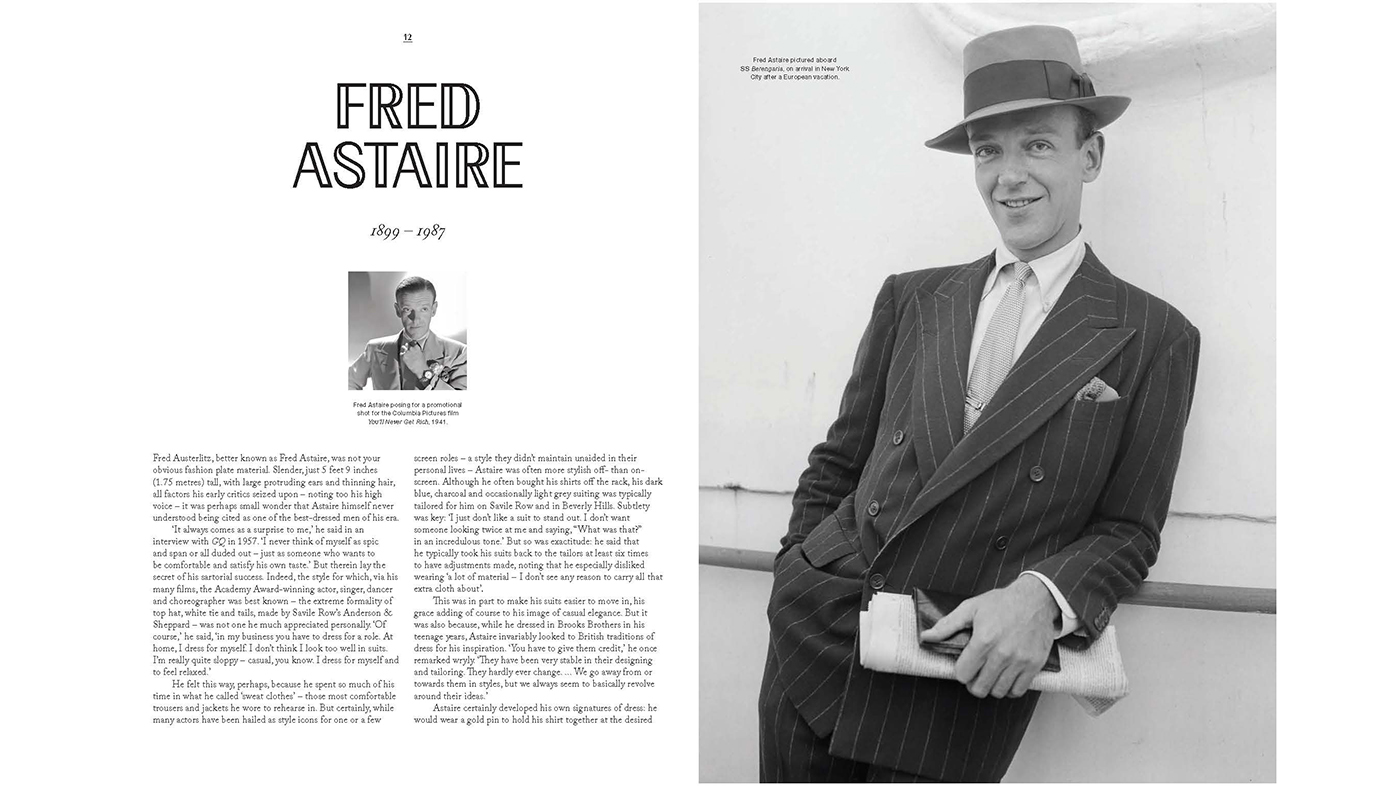
Perhaps, in fact, this is why so many of those I cite as men of style – Fred Astaire, Steve McQueen et al – have become a kind of canon, the classics that defined cool. This is, in part, a product of rarity – well-dressed men stand apart and so are looked to as a touchstone of style for generation after generation. It may also be because they belong to an age when, as far as men had anything more than a practical relationship with their dress, style was all there was. You either had it – and, ideally, the public profile to make it known – or you didn't. One wasn't in competition with today's world, in which so many more men are concerned about the way they present themselves and in which many more still are happy to do that wearing the look of the moment.
Perhaps this also means these men of style are enjoying their last hurrah, destined to be outmoded. Not only because, in a digital age in which an appreciation for history is a fragile one and in which one is bombarded by images of fleetingly fashionable celebrities, fewer and fewer will actually know who they are, but because men's fashion will become more and more pre-eminent.
A free daily email with the biggest news stories of the day – and the best features from TheWeek.com
One hopes they will not be forgotten for their contribution. One hopes, too, that if the tried-and-tested heroes of men's style in my book are superseded, it is by men who prove inspiring by having an equally long and consistent track record of dressing their own way, rather than the way of everyone else.
JOSH SIMS writes for the Financial Times, The Independent, Wallpaper and Esquire. Men of Style (Laurence King, £19.95); Available now at The Week Bookshop.
-
 Wilde Cambridge: home-away-from-home in a prime city spot
Wilde Cambridge: home-away-from-home in a prime city spotThe Week Recommends This laid-back aparthotel is the perfect base for a weekend of exploring
-
 The best alcohol-free alternatives for Dry January
The best alcohol-free alternatives for Dry JanuaryThe Week Recommends Whether emerging from a boozy Christmas, or seeking a change in 2026, here are some of the best non-alcoholic beers, wines and spirits to enjoy
-
 A lemon-shaped exoplanet is squeezing what we know about planet formation
A lemon-shaped exoplanet is squeezing what we know about planet formationUnder the radar It may be made from a former star
-
 Why more men are wearing jewellery
Why more men are wearing jewelleryIn Depth Pop culture is boosting interest in earrings and necklaces, alongside classic tie pins and lapel pins
-
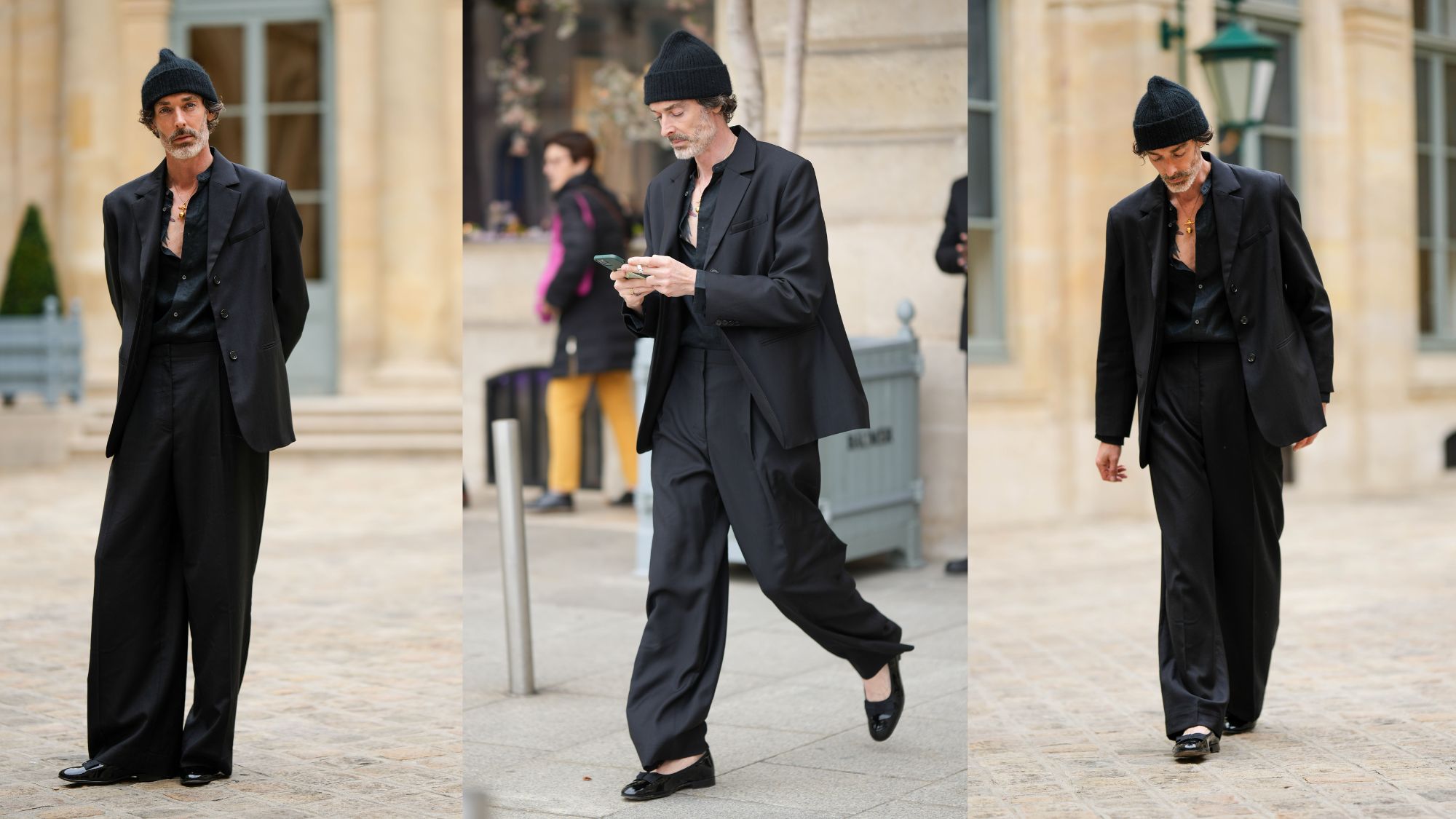 Ballet flats: the new men's fashion must-have?
Ballet flats: the new men's fashion must-have?Talking point 'Sleek, barely there footwear' is blurring traditional gender divisions
-
 Last minute Christmas gifts for menswear lovers
Last minute Christmas gifts for menswear loversIn Depth The best holiday season presents for the gentleman in your life
-
 Fashion designer Kim Jones: Transforming Dior
Fashion designer Kim Jones: Transforming DiorIn Depth English fashion designer Jones has applied his Midas touch to Dior menswear
-
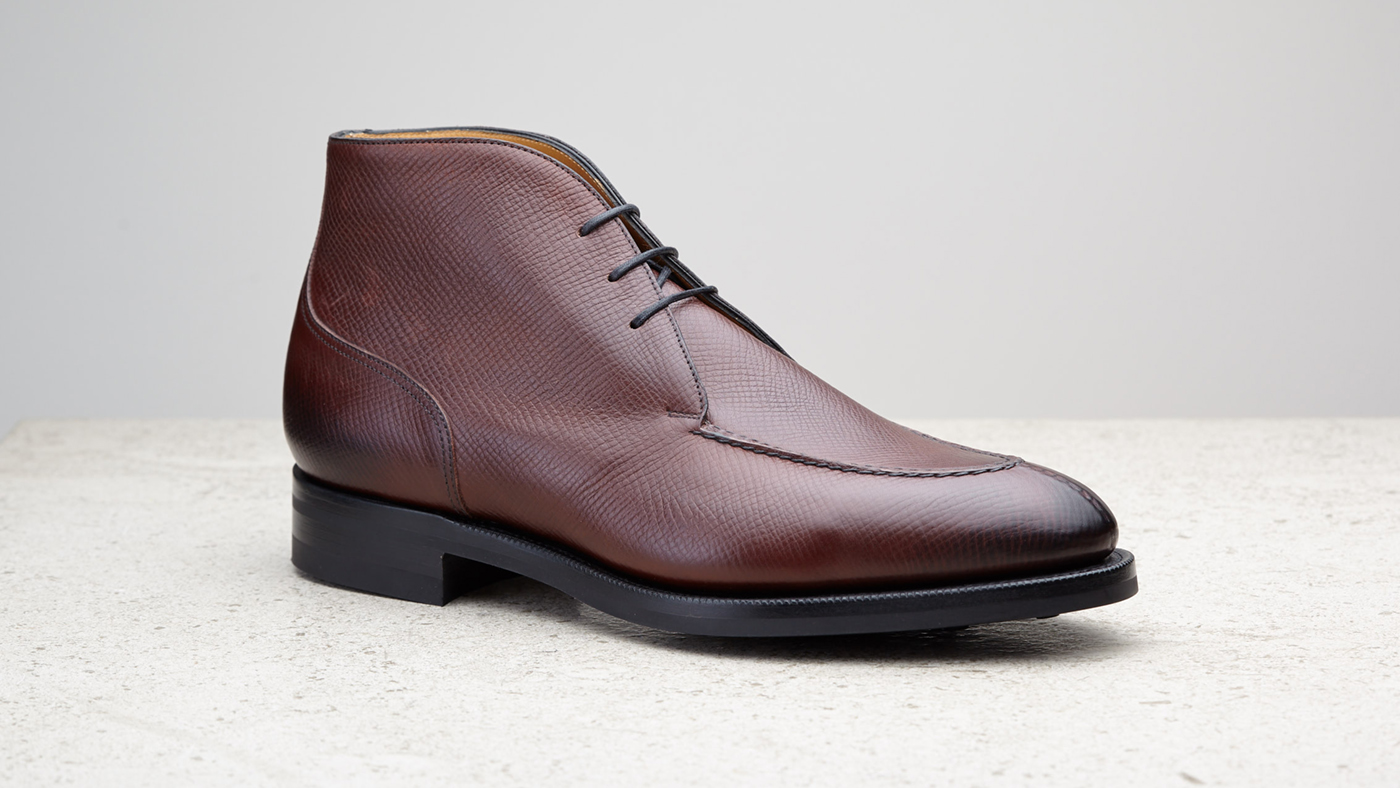 Best foot forward: men’s winter footwear round-up
Best foot forward: men’s winter footwear round-upSpeed Read For guaranteed style in the colder months and beyond, choose one, or perhaps two, pairs of these elegant, practical shoes
-
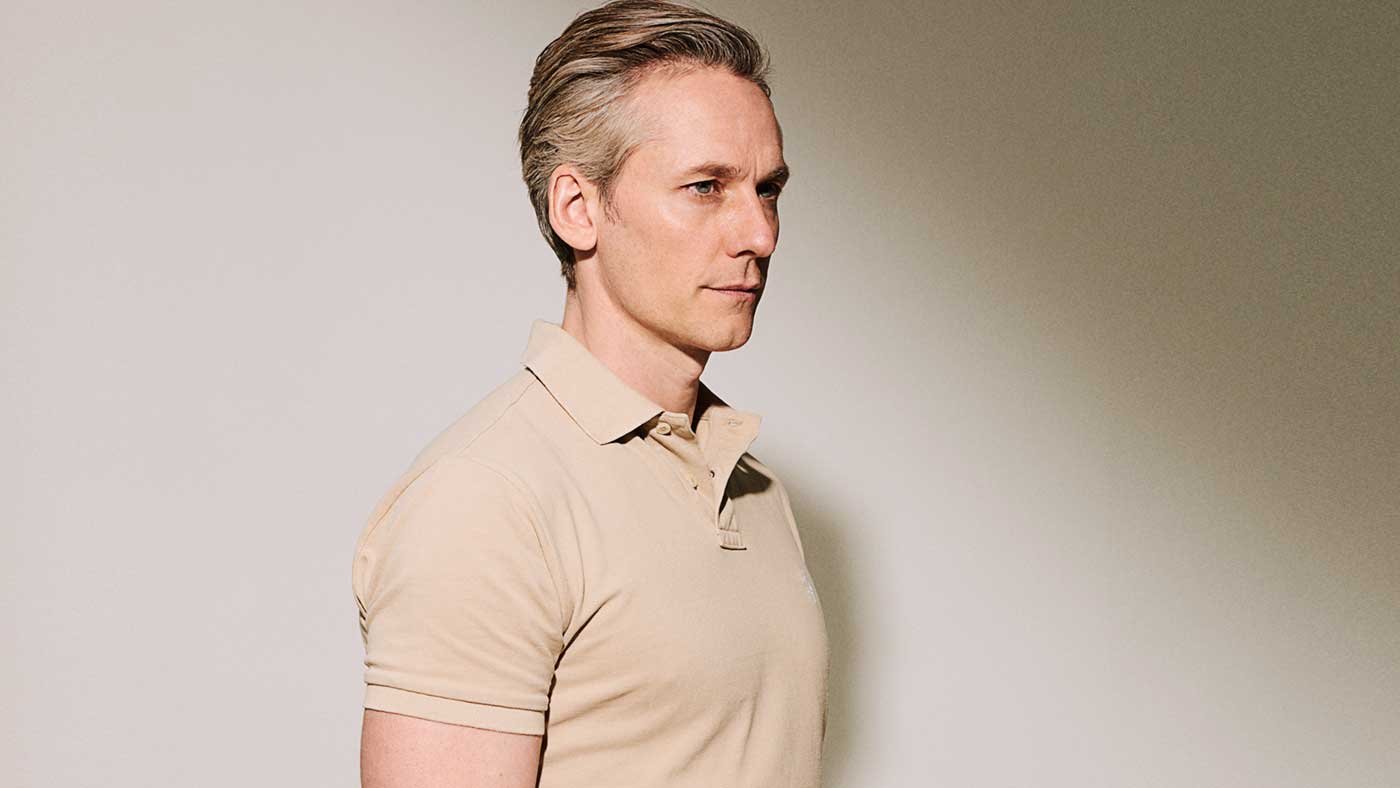 Top form: Polo Ralph Lauren
Top form: Polo Ralph LaurenSpeed Read The American fashion designer's most famous garment conveys an air of casual sophistication that stands the test of time
-
 Peacocks of Jermyn Street: Turnbull & Asser
Peacocks of Jermyn Street: Turnbull & AsserSpeed Read As tailors to royalty, artists and spies alike, shirts from this British institution make for elegant workwear and stylish weekends
-
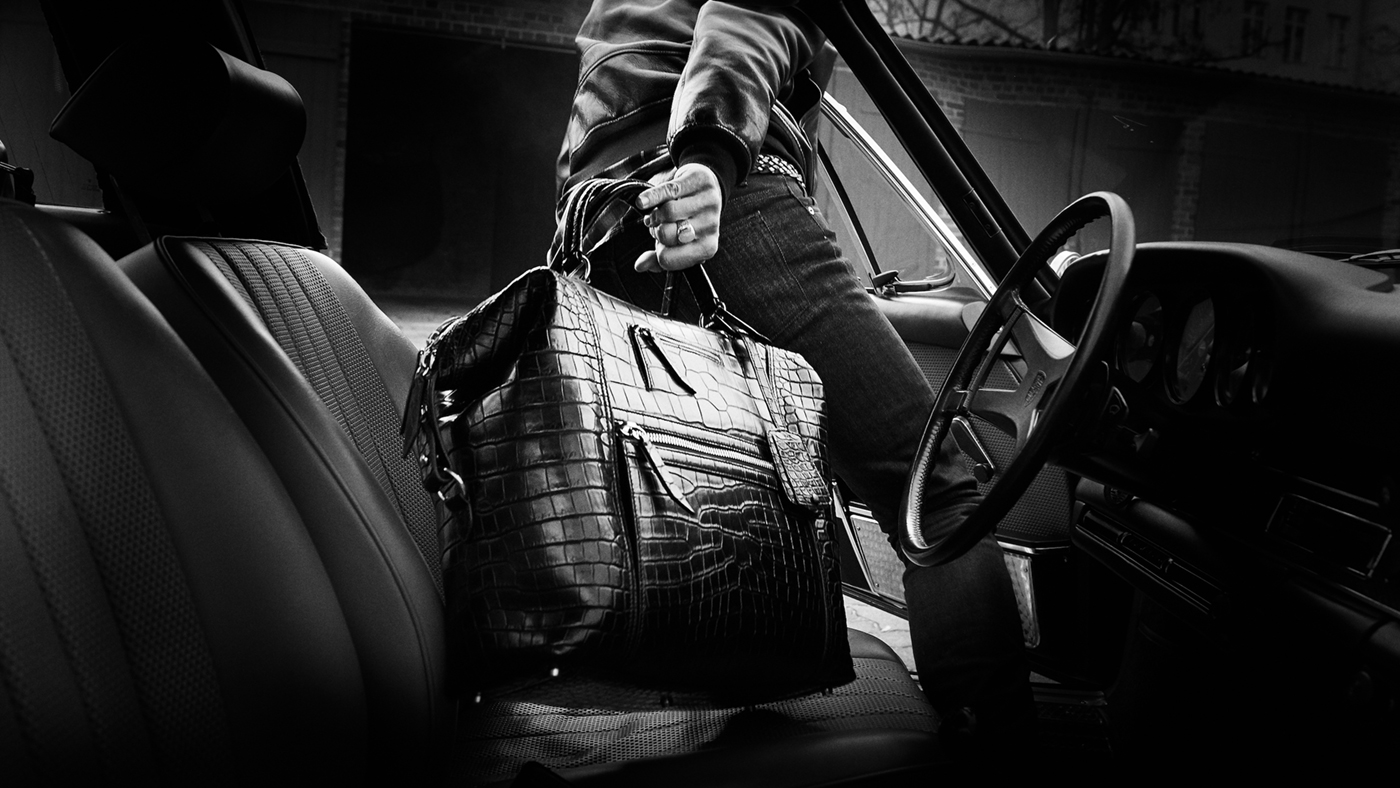 Travel in style: Timeless leather goods from LONB
Travel in style: Timeless leather goods from LONBIn Depth Melissa Morris, creative director and co-founder of the luxury accessories brand on how she drew from vintage design for its new collection